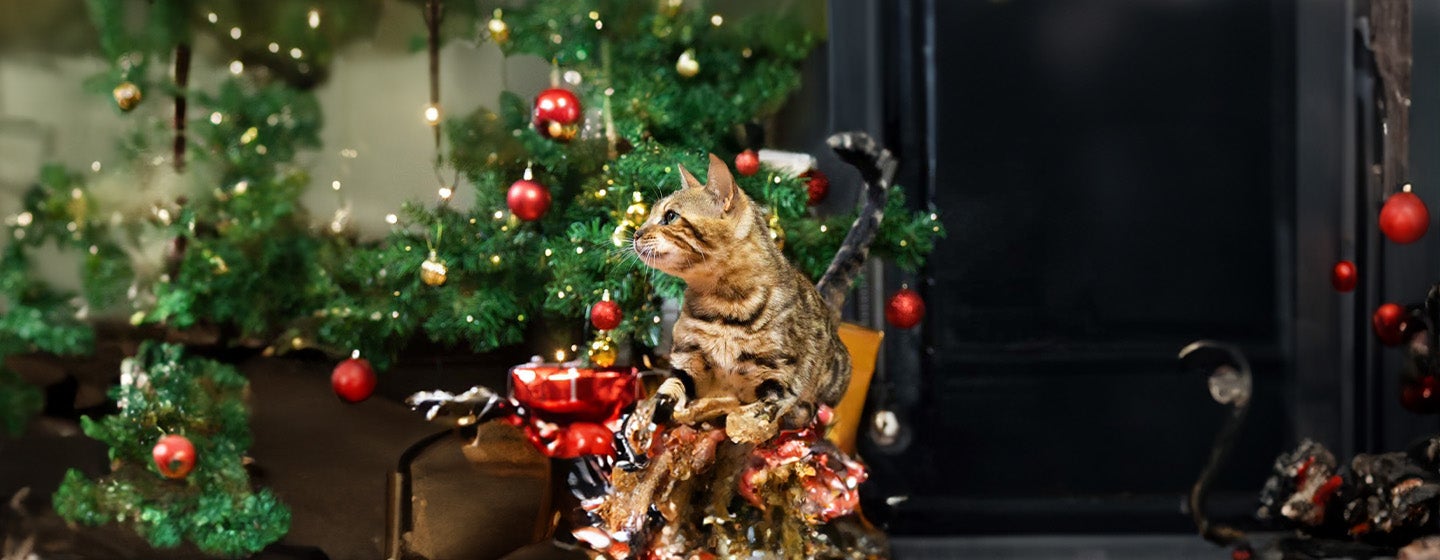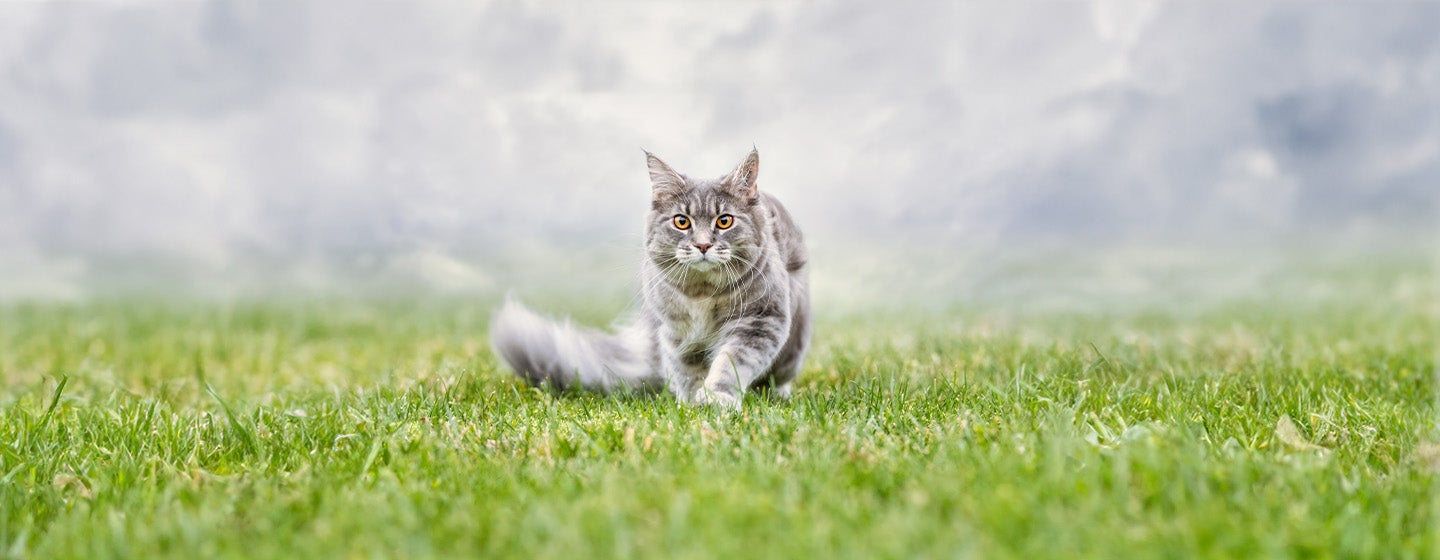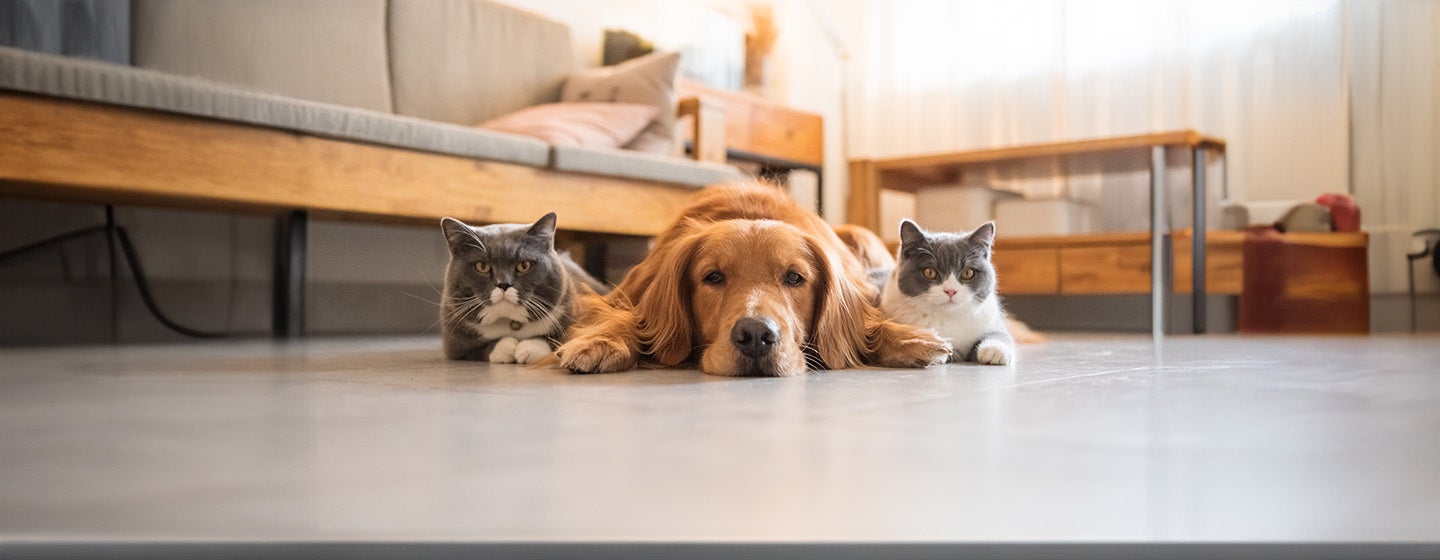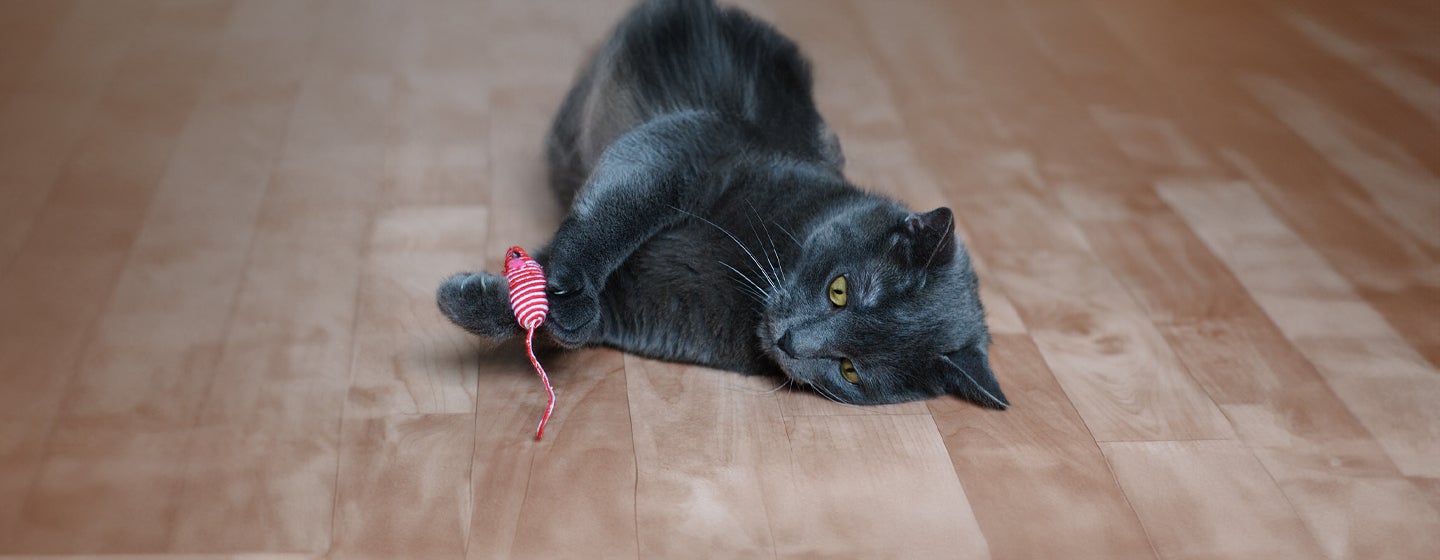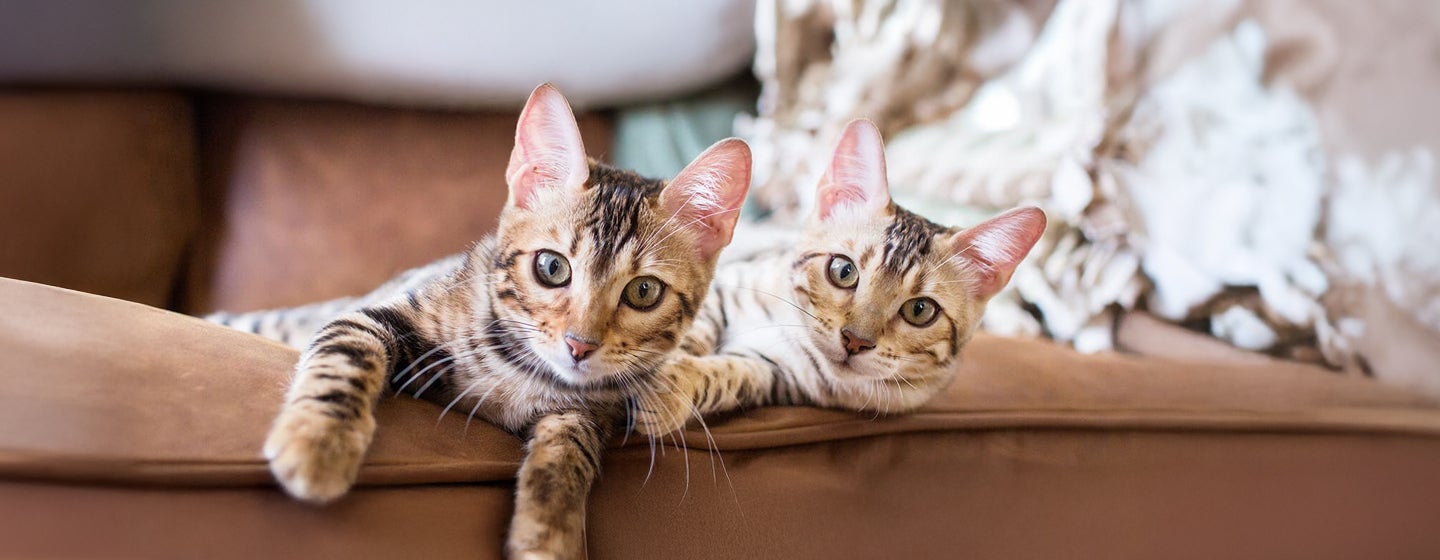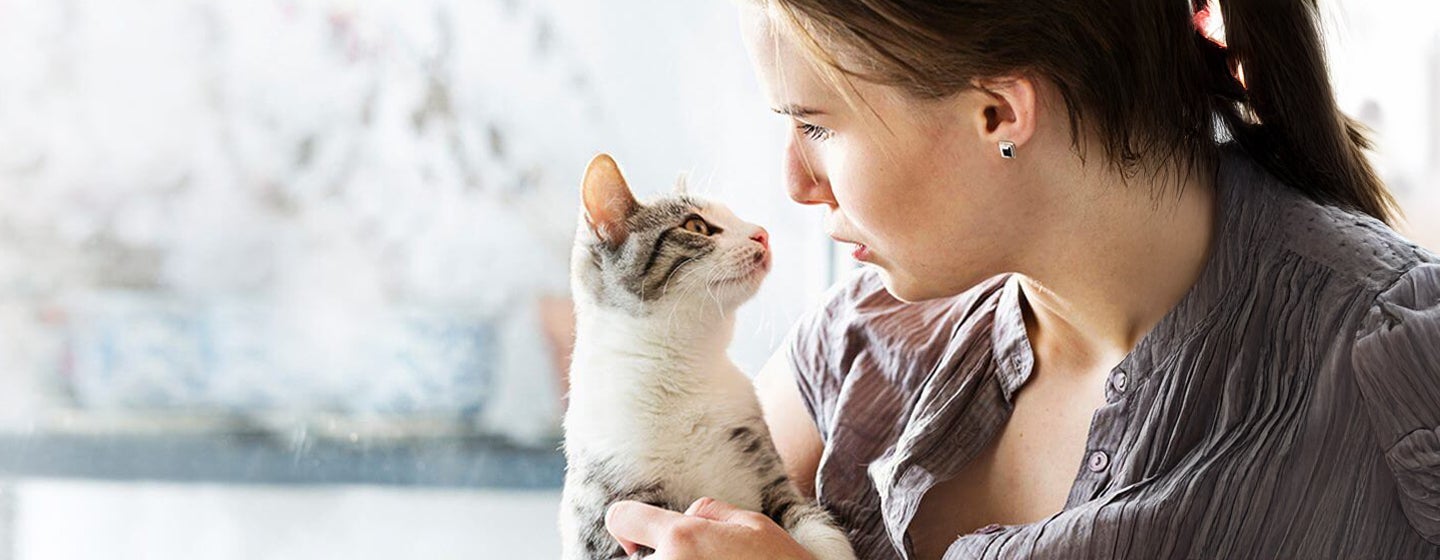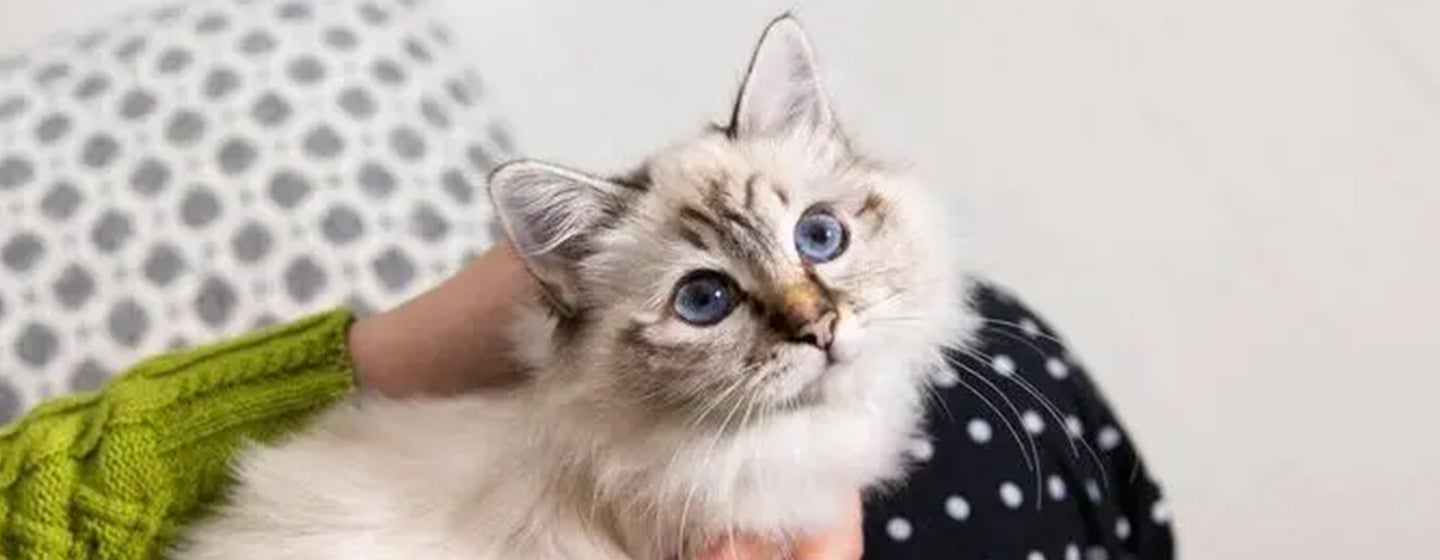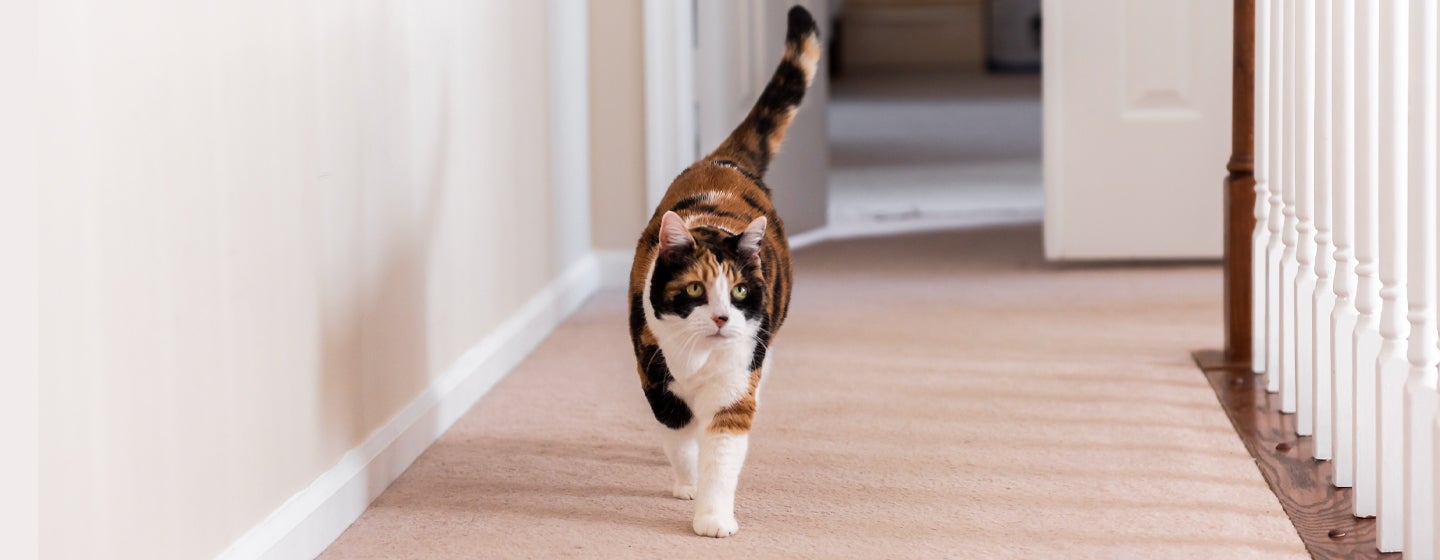Your new cat is precious, so you will want to make their new environment as safe as possible. So where do you start when creating a cat proof garden?
Cats, and especially kittens, are naturally inquisitive, and investigate objects by touching, sniffing and tasting them. When you bring a new cat into your home they’ll be curious about everything and unlike us, won’t be able tell the difference between what is and isn’t dangerous. If you’re not sure how to cat proof your garden, follow our checklist to keep your pet out of trouble!
Dangerous plants to remove for a cat proof garden
Although we think of cats as meat-eaters, don’t be surprised if you spot your cat chewing vegetables or other plants. Some cats like to munch on grass outdoors, or nibble at the leaves of potted houseplants indoors. Keep an eye on exactly what your cat is grazing on, as some plants have parts that are toxic to them. Make sure your project to cat proof your garden includes getting rid of these toxic plants for cats:
• Lilies;
• Azalea;
• Daffodil;
• Tomato;
• Foxglove;
• Yew;
• Hydrangea;
• Dieffenbachia (Dumb Cane);
• Philodendron;
• Mistletoe;
• Poinsettia.
Your vet can give you a complete list of plants that could be harmful to your cat, or click here for a list of dangerous plants for cats.
Do you need to cat proof the garden for an indoor cat?
Yes. Your cat or kitten has a natural instinct to play outdoors, establish territory, climb trees, and catnap in the sun. As fun as this sounds, there are some things that you’ll need to look out for in the great outdoors. When outside, cats are exposed to more diseases and parasites, risk getting lost or stolen, and could potentially get hurt by a car. To allow your cat outdoors and also keep them safe, you can create a cat proof garden.
Some cats are quite happy staying indoors – although that does rely on you knowing how to make a cat friendly home and make their environment exciting to compensate for the lack of outdoor stimulation. Other cats will prefer to roam outdoors – deciding between which option is best for your cat will take careful consideration on your part. If you decide to allow your cat outdoors, ask your breeder or vet for advice and make sure you've made their outdoor space as safe as possible.

